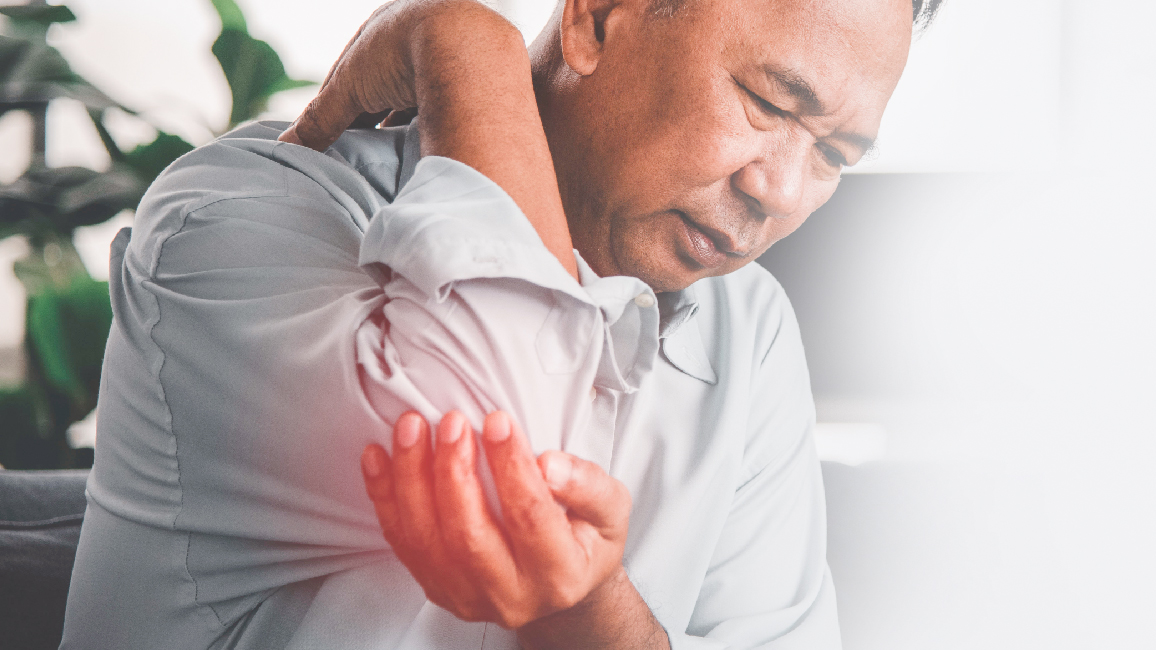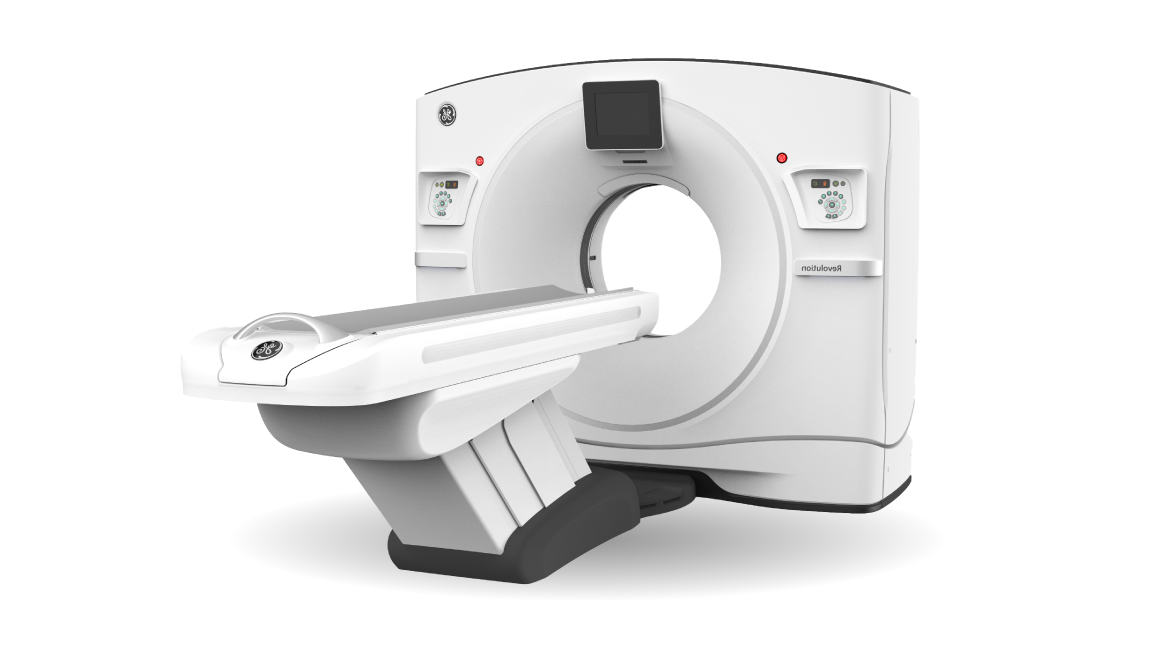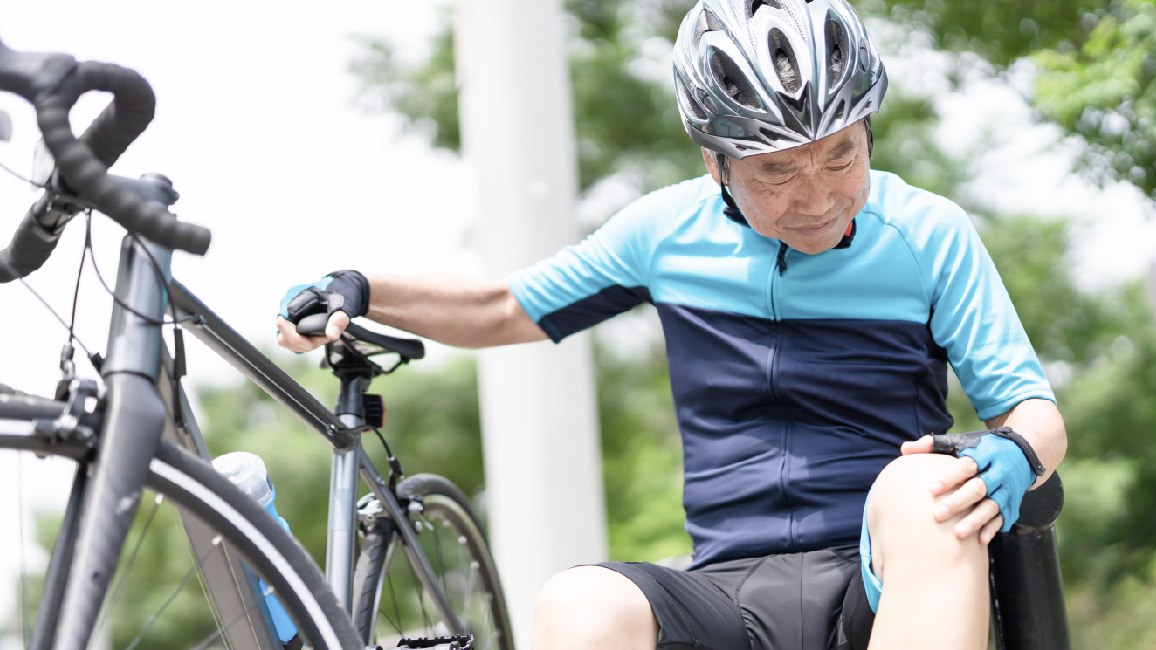Elbow pain from work or sports, don’t let it be chronic.
Center : Orthopedics Center

If there is pain occur in the elbow, the following should be observed; the pain location, when or what type of activities cause more pain. Then, the doctor will be able to diagnose based on the provided information. Only external elbow pain will be mentioned as it is more common and more frequent than pain in other locations.
There are 3 types of elbow pain.
- Tennis elbow
- Golfer's elbow
- Bursitis
Causes of elbow pain
- Tendon laceration that deteriorate around elbow result from lacking of flexibility and repeatedly overuse until the body was unable to repair it, causing it to inflamed.
- asks that requires repeated use of the arm or wrist, such as various types of mechanic’s tasks which have to use wrist to do repetitive tasks such as painting, nailing and turning screwdriver; including farmers who use a spade to dig the soil and housewives who do chores, twist and rub, and computer staff etc.
- Athletes or those who play tennis infrequently, using the incorrect equipment or skills, especially the backhand posture.
Elbow pain symptoms
- Pain in the tuberosity, outside of the elbow, throughout the arm down the wrist.
- The pain increase when lifting, tense arms, moving elbows, wrists, or tightly clenching hands.
- Pain from the use of muscle and tendon in the inflammation area and may be accompanied by muscle weakness.
- The pain will last around 6-12 weeks. However, if the symptom has been long, it may take years to heal.
Exercising elbow
Exercising elbow is to develop flexibility and strengthen the back muscle after the pain in the first stage has decreased. It can be separated as followed:
- Stretching by bending the wrist up and down and turn while the elbow is straight. Each time, hold for 20-30 seconds and repeat 5-10 times. Do at least 2 times a day, but be careful not to stretch when feeling pain.
- Strengthening with the help of equipment.
Exercise posture
- Bending the wrist up and down by sitting and holding 0.5 kilogram weight, putting hand on the leg or table and bending wrist up and down slowly.
- Exercising the arm external muscle by using equipment with a hammer-like handle, sitting on a chair, placing arms on the table, hold the device upright, and twist to left and right slowly.
- Fingers exercising by using rubber bands that are moderately taut, putting on all 5 fingers and try to spread the fingers as much as possible, holding for 25 seconds. Do it 3 times and increase the strength of the rubber bands.
- Hand exercising by clutching the rubber ball or the tennis ball in hand and trying to squeeze and hold for 25 seconds. At first, the hand may not have the strength, this needs practicing repeatedly to strengthen the hand. In the next stage, use the same postures but increasing the weight of the equipment or increasing the number of times to strengthen the muscles for the future use.

Treatments
The doctor will prescribe NSIADS for administrating or inject steroids in the area of pain to relieve pain and reduce inflammation. Sometimes, it is required to repeatedly injected, but it should not be more than 2-3 times per year in the same area. Most patients can heal without surgery. However, if being treated for at least 3-6 months, yet the symptoms do not improve, surgery to remove the tendon can help to reduce the symptoms. The doctor will advise the procedure to reduce pain at the initial stage as follows:
- Rest or reduce the usage, especially on activities that cause symptoms and avoid incorrect postures.
- Apply ice pack on the first 2 days, massage at least 2 times for 20 minutes each to reduce the pain from inflammation and strained muscle.
- If necessary, the doctor will advise to use Tennis elbow support in cases that repetitive arm use.
Prevention
- For athletes, what must be done is using the right equipment, such as the tennis racket must be the right size, not too large. The head size should be approximately 95-110 square inches, made of graphite which helps to reduce vibration. The string should not be too. It should be checked every 6 months. The handle must be the right size with the right posture which can greatly reduce injuries.
- Those who perform tasks by using arms, wrists and elbows muscles should avoid repetitively using them. However, if not avoidable, exercising muscles in various positions as mentioned above will increase the flexibility and strengthen of the muscles.
Stop muscle pain
Myofascial pain syndrome is the originates from myofascial trigger points in skeletal muscle. Each muscle group has a specific form of pain which will not spread along the nerves. This means that there are specific trigger points inside of each muscle. When pressed with the tip of a finger, hard and tense fascia is found in the muscles. This may be either the main cause or found with other pain groups, which are more common in females than males. The common age range is 31-60 years old. Most of them are often intermittent pain and need to visit see a doctor frequently. Thus, causing annoyance or anxiety.
- Treatment of trigger point is the direct pain treatment combined with stretching the muscles to the fullest range of motion or beyond the ability to bend and stretch the joints, including:
- Local anesthesia at the specific area of the muscles or use acupuncture to treat pain.
- Spray ethyl chloride at the trigger points and the area where the pain spreads to and followed by stretching the muscles.
- Acupressure massage at the trigger points on the muscles to increase circulation, help in the movement of muscle fibers, causing the trigger points to relax and relieve pain.
- Using heat such as use warm water bags to apply at the trigger points to increase blood circulation, relax muscles, reduce pain or may use physical power tools such as ultrasound and transcutaneous electrical nerve stimulation (TENS).
- Use of painkillers, anti-inflammation drugs with steroids, such as anti-depressant drugs, vitamin C, vitamin B 1-6-12, folic acid, etc.
- Exercise to increase the range of motion or the ability to bend and stretch of joints. Stretching helps to strengthen and increase the endurance of muscles. It also helps in relaxing muscle. Mental relaxation such as meditating to relax the mind.
- Correct the additional factors that result in pain: these factors are: mechanic factors caused by occupation or work including performing daily activities in incorrect posture, abnormalities of the body due to various reasons as followed:
- Malnutrition especially the enzyme that works together to provide energy for muscles such as vitamin C, B 1-6-12 and folic acid.
- Endocrine or metabolism deficiencies, such as hypoglycemia and hypothyroidism.
- Chronic infection or abnormal conditions of joints causing the tense of the muscles around that joint for a long time.
- Stress or depression may be from anxiety on insomnia, etc.
- Self-healing by apply heat for 10-15 minutes, 2-3 times a day. Use thumb to press the area perpendicularly to the trigger points then press with the tolerable force for 1/2 -1 minutes and relax. Do it consecutive 4-5 rounds, 2-3 times a day. Stretch the muscles according to the muscles direction of the arrangement by stretching as much as possible and hold for at least 15 seconds and relax. Do it consecutive 5-10 rounds every 2-3 hours and then rest. Avoid using muscles that feel pain by not overworking them for a while. Perform daily activities in the right postures. Avoiding the postures that cause pain or being in a single position for too long.
Stop pain at the heel
The most common cause is the inflammation of the plantar fascia along the bottom of foot that connects heel bone to toes. It is found in people who work by using heel to support weight which is found in women more than men; having to walk or stand for a long time, in obese or pregnant women, in people who have very flat or curved feet. People who wear hard sole shoes or shoes that don't fit the shape of the feet may increase the chance of having plantar fasciitis than normal people. Heel pain often occur after walking, after waking up in the morning, the first step down the bed will be very painful or pain after stopping daily activities or after exercise in the evening. If not treated, it will cause chronic pain. The pain will interfere with normal walking and the symptoms may spread to the calves, knees, hips and back. Plantar fasciitis causes walking postures to change from normal.
Treatment
- To start with is to stop using, reduce to put weight on the heel until heal.
- May use ice to reduce the inflammation by using a small freezing piece of cloth to rub on the heel, taking about 5-10 minutes or soaking the heel in cold water for 10-15 minutes or using ice pack for 15-20 minutes. Applying ice should be done after exercise and stretching (In the absence of inflammation, switch to use warm water instead).
- Take pain medication, stretches Achilles tendon and Plantar fascia on the heel to heal and prevent pain from reoccurring.
- The use of oral anti-inflammatory drugs which is quite effective. However, there may have side effects for people who have problems with digestive system such as stomach ache. In some cases, the doctor may prefer to inject anti-inflammatory drug into the heel instead.
- In case that other methods of treatment are not effective or chronic inflammation causes exostosis on the heel, surgery is the last treating method for treating.
Prevention
- In case that there are abnormalities with the feet, for example, flat feet may need to find shoes that support the arch of the soles of the feet to improve weight supporting.
- Wear shoes that fit perfectly. The soles should be soft, flexible and well-supported. Some people may need to use heel pads to reduce impact, such as when walking a lot or exercising.
- Some cases may require to wear splint at night to keep the feet in normal position, straighten the calf and plantar fascia to while sleeping. Helps to reduce plantar fasciitis after waking up.
- Most symptoms will improve, but may take weeks or months to heal. The pain may return within 1-2 years.
- Long-term prevention to prevent the symptoms from recurring: avoid activities that use feet to stand or walk for too long. Control weight by not gaining more. Select shoes that fit the feet and able to absorb the impact.
- Avoid injury from playing sports and exercise according to the above advices continuously, although the pain no longer existed. Stretch the calf and heel, the pain will be healed and not recurred.
Feet exercising can be done if it does not severe the pain and can be done with other treatment.
- Stretch Achilles tendon by facing the wall with hands pushing against it, one leg steps forward, bends the knee, straighten the back legs, heel on the floor, hold counting 1 to 10, then rest. Repeat this 10 times.
- Kneeling while standing so that the feet are overlap slightly, hold the edge of the table counting 1-10, then rest. Repeat 10 times feeling tension on the Achilles tendon and heel.
- Stand on the edge of the ladder, straighten the knees or may stand on tilted floor for counting 1-10, then take a rest. Repeat 10 times to stretch the calf muscles and Achilles tendon.
- Continuously stretching the plantar fascia by stepping on a 15-ounce can, hot water may be added or may use the tennis ball to roll the foot back and forth for 5-10 minutes each morning and evening.
- To massage the plantar fascia by placing the heel on the floor, tipping the ankles up, placing the index and middle fingers at the center of the heel, press counting 1-10, then rest. Repeat 10-20 times.
- Stretching the calf muscles by using a towel can be done by sitting with legs straight. Put the cloth around the edge of the foot hold the cloth on both sides. Pull the cloth tightly count 1 to10 then breaks. Repeat 10-20 times.
Online Consultation
Free of Charge
Article of Orthopedics Center
High-Speed CT scan 443 Slices: Precision, Speed, and Reduced Radiation Exposure





